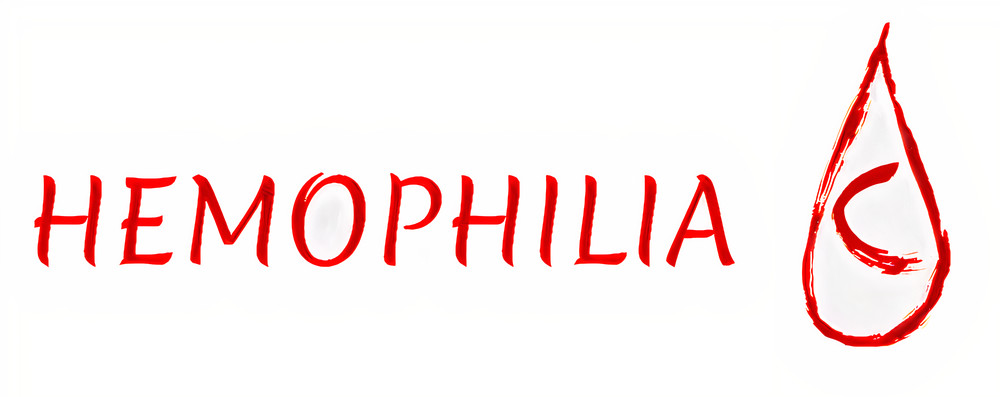Hemophilia C

Hemophilia C affects one person in every 100000. But in Ashkenazi Jews, this type of hemophilia affects 8% of the population due to intermarriage. Hemophilia C is an autosomal recessive disorder, which requires an abnormal gene in both parents to occur in their children. Hemophilia C affects both sexes at an equal rate. The role of factor XI is vital in the coagulation process because it activates more thrombin, which converts fibrinogen into fibrin. Fibrin aggregates mare platelets and makes the clot harder.
Symptoms don’t resemble with Factor XI levels in the blood. Individuals with lower levels may bleed less than those with higher levels of Factor XI. Patients may undergo nose bleeds or soft tissue bleeds, as well as hemorrhaging after tooth removal.
Many women may not recognize the deficiency in factor XI until they suffer from menorrhagia (heavy menstrual periods) or postpartum bleeding.
In hemophilia C, joint and muscle may bleed, but this condition is uncommon.
Doctors will command a bleeding time test, platelet function tests, and prothrombin time (PT)tests.
Doctors need activated partial thromboplastin time (aPTT) tests to confirm the diagnosis of hemophilia C.
Factor XI concentrates are unavailable, so doctors manage hemophilia C with fresh frozen plasma.
Fibrin glue is suitable to maintain clots and control mouth bleeds. When mixed with fresh frozen plasma, it arrests bleeding following circumcision and hernia adjustment.
Antifibrinolytics can control nose bleeds or bleed after tooth extraction.
